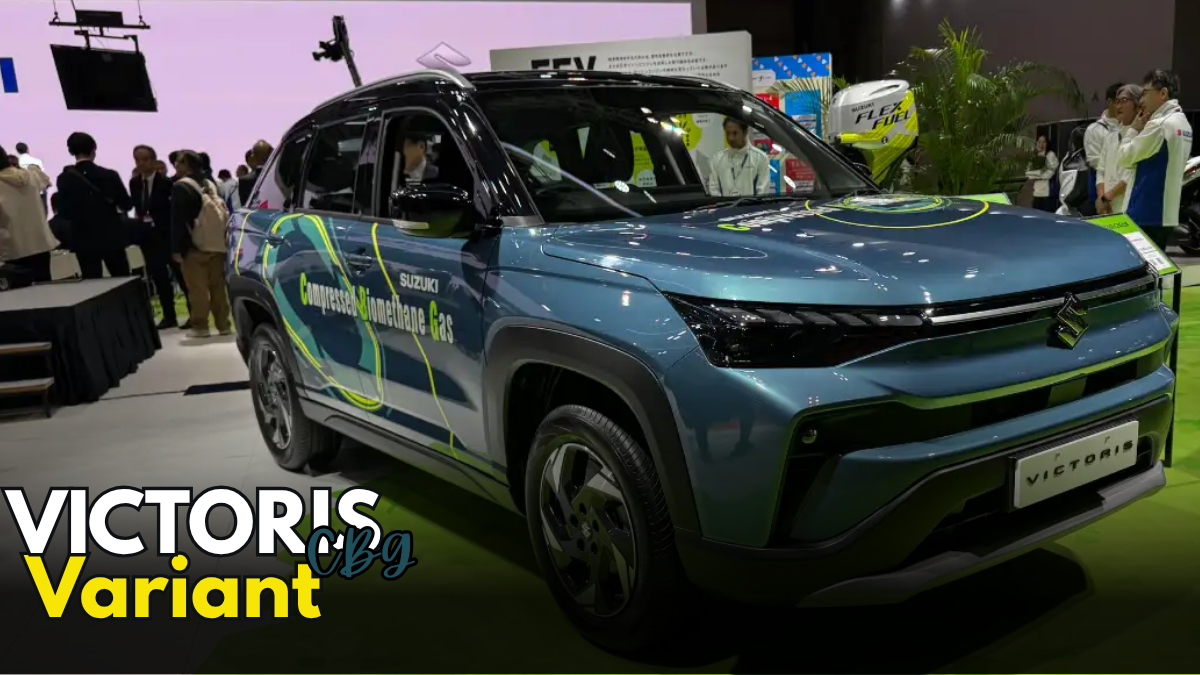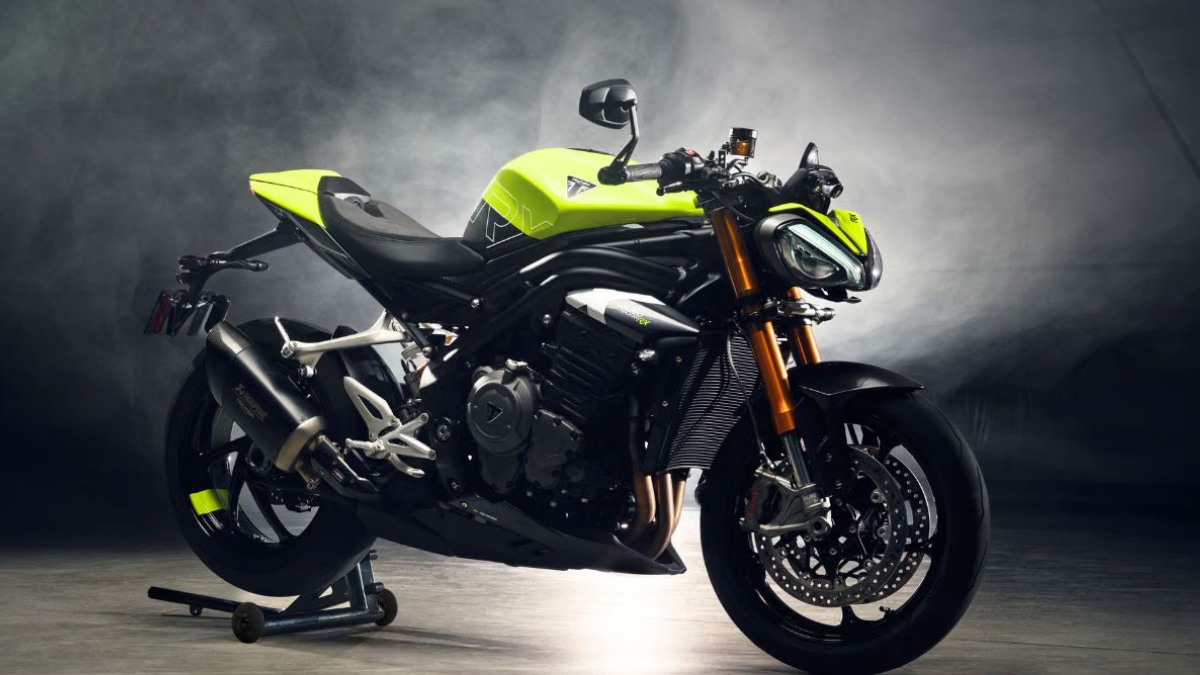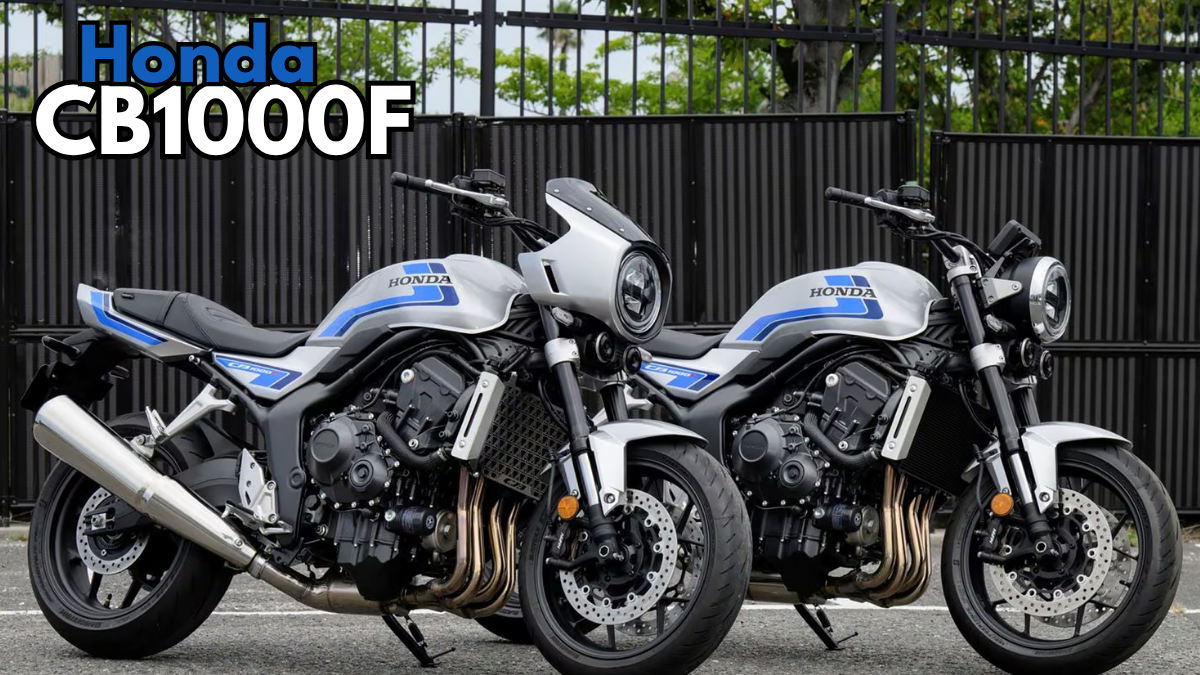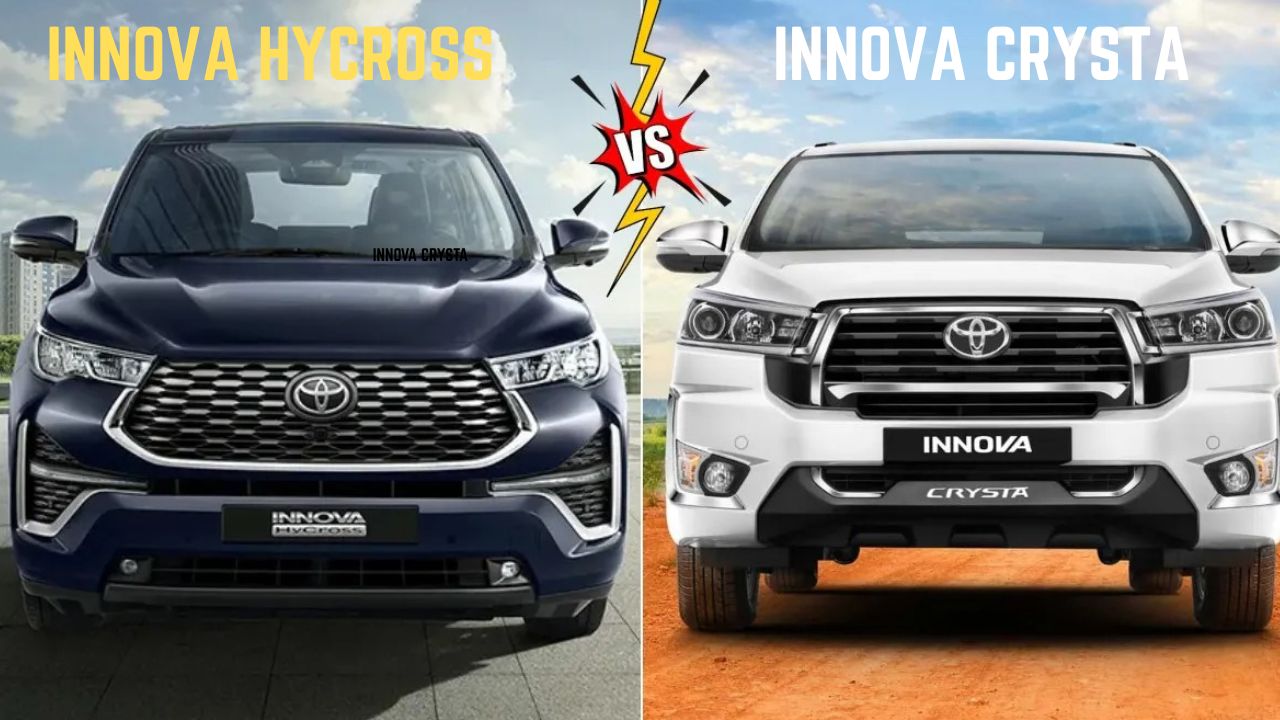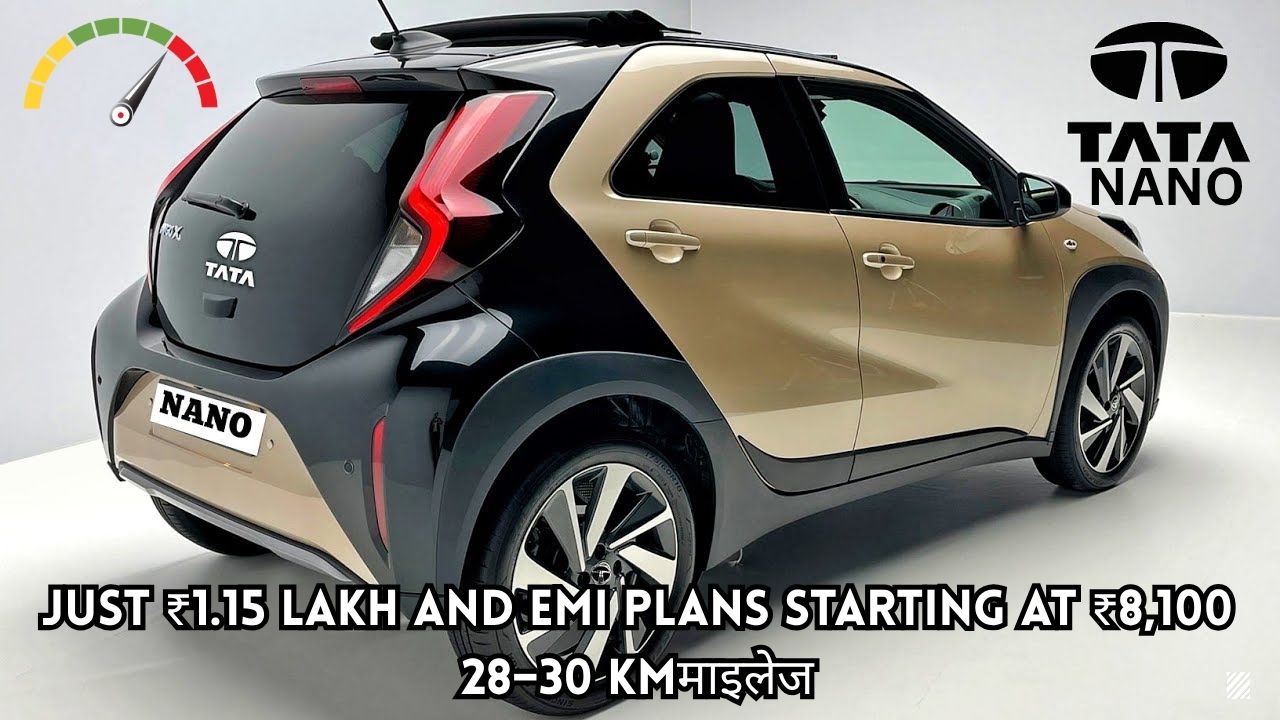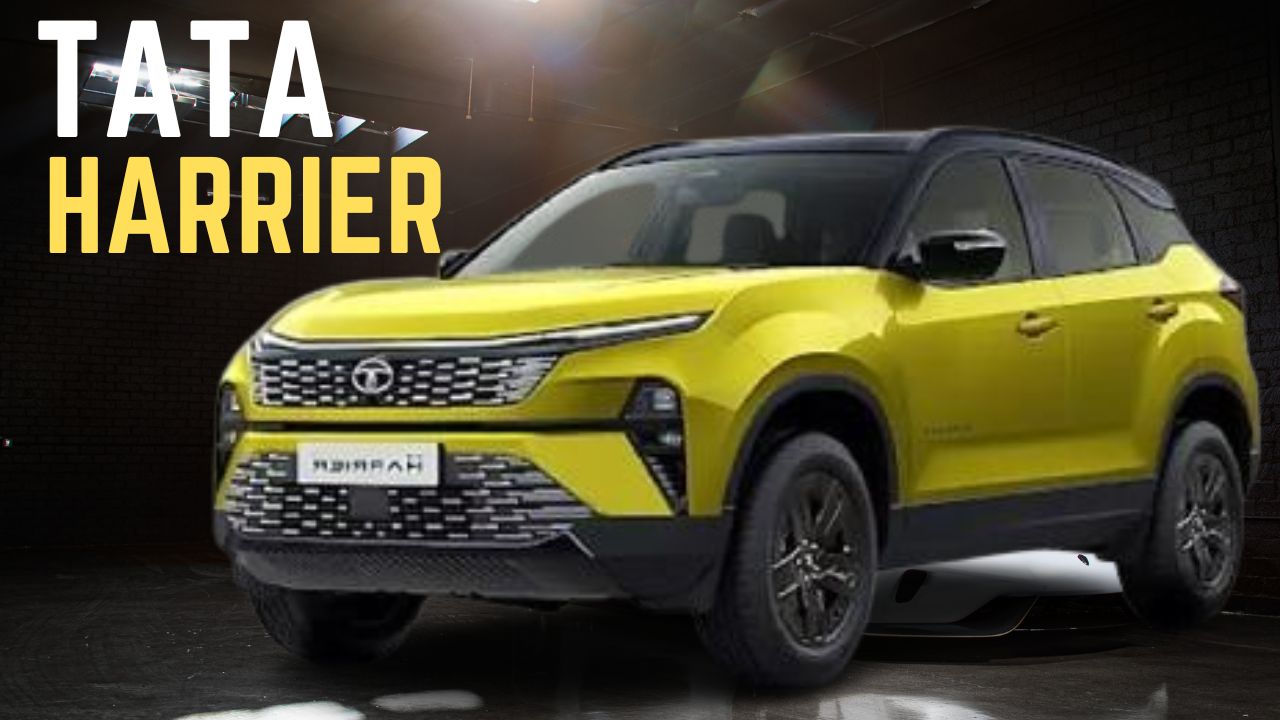The era of green fuels is accelerating, and Suzuki has stepped forward with a headline product that turns waste into wheel time. The Suzuki Victoris CBG is a biomethane powered variant of the brand’s popular SUV, unveiled at the Japan Motor Show 2025. By adapting a proven CNG based architecture to run on Compressed Biomethane Gas, Suzuki aims to cut tailpipe emissions intensity while unlocking a new use case for India’s agricultural and dairy waste streams. The result is an SUV positioned not only as an eco conscious urban commuter but also as a catalyst for rural energy entrepreneurship.
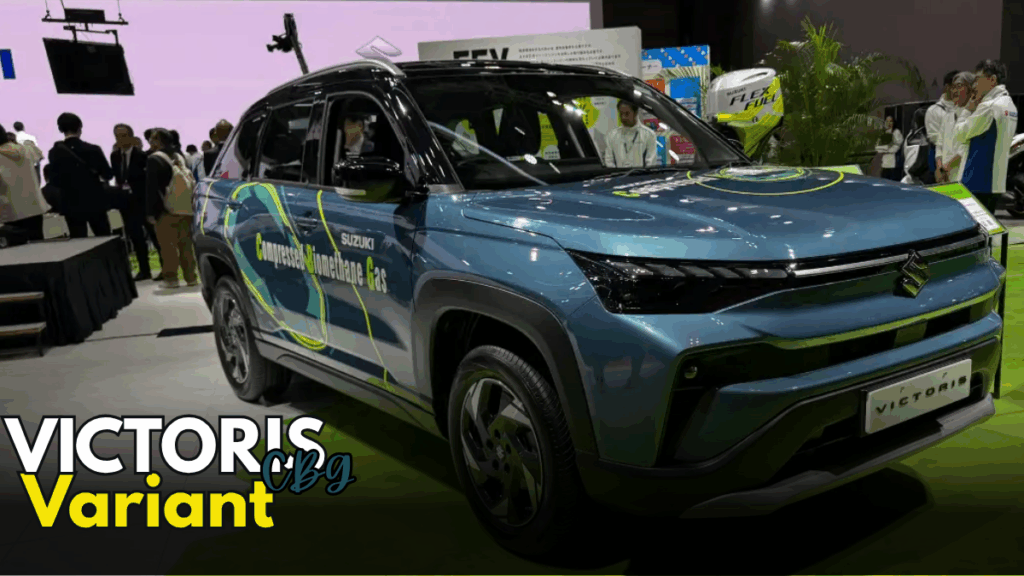
What Is CBG and Why It Matters
Compressed Biomethane Gas is methane produced from organic matter such as dairy slurry, crop residue, and food waste. When purified and compressed, it becomes a near drop in replacement for natural gas in spark ignition engines. Unlike CNG, which originates from fossil natural gas accumulated over geological timescales, CBG is renewable. Feedstock cycles can be measured in weeks, not millennia. In practical terms, that means energy security can grow with local waste processing capacity and community level biogas plants.
Environmental impact is central to CBG’s promise. Capturing methane from waste streams prevents its uncontrolled release and converts it into a usable transport fuel. This approach reduces greenhouse gas impact while supporting a circular economy where farm byproducts fuel mobility and the digestate returns to fields as nutrient rich fertilizer.
Quick Summary
Item |
Details |
|---|---|
Model |
Suzuki Victoris CBG (Compressed Biomethane Gas) |
Global Debut |
Japan Motor Show 2025 |
Fuel Type |
Compressed Biomethane Gas derived from organic waste |
Platform |
Based on the Victoris CNG with CBG specific calibration and nozzle |
Dimensions |
4,360 mm length, 1,795 mm width, 1,655 mm height |
Tank Placement |
Under boot floor to preserve cabin space |
Key Purpose |
Lower emissions, circular economy use of agricultural and dairy waste |
Project Origin |
Suzuki biogas initiative active since 2022 with India dairy cooperative partners |
Official Site |
Global Debut and Project Background
The Victoris CBG made its global debut at the Japan Motor Show 2025. Suzuki reports that the vehicle’s fuel system and engine calibration are the outcomes of a biogas technology program that began in 2022. The initiative has included collaboration with India’s dairy cooperative sector, aligning on standardized gas quality targets, purification processes, compression protocols, and safe dispensing hardware. The Victoris CBG showcases the road ready piece of that ecosystem.
Dimensions and Packaging
The SUV retains the Victoris footprint that buyers already recognize.
- Length: 4,360 mm
- Width: 1,795 mm
- Height: 1,655 mm
A reinforced cylinder is mounted under the boot floor to preserve seating space and keep the center of gravity low. A CBG compatible nozzle sits behind the fuel filler door, along with labeling that clearly identifies the gas specification. The installation focuses on serviceability, corrosion protection, and impact safety while aiming to minimize intrusion into luggage volume.
Design Highlights
Visually, the Victoris CBG differentiates itself with vinyl graphics that read Suzuki Compressed Biomethane Gas. The core bodywork mirrors the Victoris CNG, keeping familiar sheet metal and lighting while using unique badges to signal the sustainable variant. The look is intentionally restrained to communicate that this is a production oriented solution, not an experimental concept. Owners who prefer a subtler appearance can expect dealer level customization or accessory delete options in markets that allow it.
Powertrain and Refueling Interface
The Victoris CBG uses the Victoris CNG hardware as a foundation, with software and fueling adaptations to match biomethane characteristics. The ECU mapping, injector flow profiles, and ignition timing parameters are tuned for CBG quality bands that meet the program’s purity standards. The refueling port includes a CBG marked connector and a back check valve to ensure safe coupling and decoupling at the dispenser. Because CBG is chemically similar to methane in CNG, refueling protocols will feel familiar to drivers who already use gas based vehicles.
CBG vs CNG: Core Differences
- Origin: CNG is derived from fossil natural gas. CBG is produced from organic waste via anaerobic digestion and subsequent upgrading.
- Renewability: CNG is finite. CBG is renewable with feedstock cycles aligned to agricultural and municipal waste streams.
- Carbon Profile: CBG can achieve lower life cycle emissions because it captures methane that might otherwise vent to the atmosphere.
- Ecosystem Impact: CBG production creates rural income opportunities for farmers and cooperatives and yields digestate that can be used as fertilizer.
Functionally, both gases power similar engine architectures, but CBG’s upstream story is what transforms the sustainability equation.
Interior and Everyday Usability
Because the CBG variant is based on the Victoris CNG, cabin practicality carries over unchanged. Seating positions, ingress and egress, storage bins, and infotainment interfaces remain familiar. The under floor tank helps maintain rear bench comfort and preserves a usable cargo bay. Owners should expect the same service intervals as the CNG sibling, with additional checks related to gas lines, valves, and cylinder certification schedules as required by local regulations.
Safety Systems and Compliance
The Victoris CBG integrates multi layer safety:
- Pressure relief devices and shutoff valves positioned for rapid isolation
- Rigid mounting and shield plates for the cylinder to withstand underbody impacts
- Gas quality sensors and leak detection strategies combined with ECU limp home logic
- Filler neck design that prevents cross fueling with incompatible connectors
In markets such as India, periodic cylinder hydro testing and compliance inspections are part of the regulatory regime. Suzuki’s calibration and labeling are designed to simplify these audits.
Rural Potential and Circular Economy Benefits
The Victoris CBG is as much a mobility product as it is an energy story. By connecting dairies and farm clusters to small scale biogas plants, communities can transform manure and crop residue into a saleable fuel. Vehicle owners gain a local refueling source, cooperatives gain a recurring revenue stream, and fields gain an organic soil amendment in the form of digestate. This loop speaks directly to rural India where logistics costs, diesel dependency, and stubble burning have long been challenges.
Availability and Next Steps
With a successful global debut, Suzuki is expected to detail market wise rollouts, homologation timelines, dispenser standards, and aftersales training modules. Pricing and variant walk may align with the current Victoris CNG, with a premium or parity depending on local policy incentives for biomethane. Early deployments are likely to cluster around regions with existing CBG production and reliable gas quality assurance.
Frequently Asked Questions
1. What is Compressed Biomethane Gas
It is purified methane produced from organic waste such as dairy slurry and crop residues, compressed for use as vehicle fuel.
2. How is the Victoris CBG different from the Victoris CNG
Both share core hardware. The CBG version adds fueling interface changes, ECU calibration for biomethane, and clear labeling to match CBG dispenser standards.
3. Can the Victoris CBG run on regular CNG
Operation depends on gas quality and certification in each market. The vehicle is tuned for CBG specifications. Owners should follow manufacturer guidance and use only approved fuels.
4. Does the CBG tank reduce boot space
The cylinder is mounted under the boot floor to protect cabin volume. Some cargo space changes can occur based on trim and spare wheel arrangement.
5. What infrastructure is needed to refuel CBG
A biomethane upgrading plant, compression and storage modules, and certified dispensers. Cooperatives or private operators typically manage these installations near agricultural hubs.
6. Is CBG safe compared to CNG
Safety protocols, pressure ratings, and cylinder standards are comparable. The vehicle includes multiple safeguards, leak checks, and labeled connectors to ensure safe operation.
7. Will CBG lower running costs
Running cost depends on local tariff structures and availability. In regions with active biogas programs, CBG can be price competitive and shield users from volatile fossil fuel prices.
Official Website: https://www.globalsuzuki.com
For More Information Click HERE

